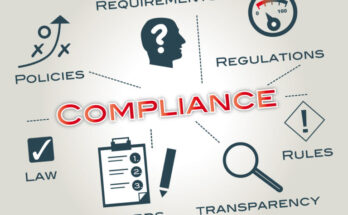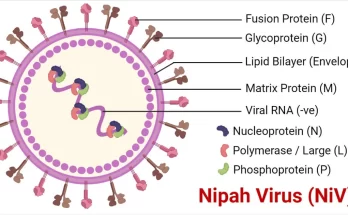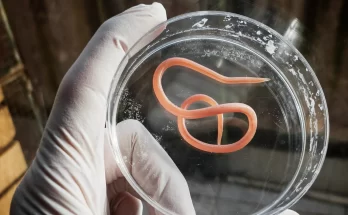Sri Lanka as a small island nation which is in a booming development drive have been engaged in a battle against a worsening problem of garbage in most of it’s main cities. This battle took a disastrous turn last week(April 14th 2017) when a garbage dump site collapse killed around 50 people. This unfortunate event led the Sri Lankan government, decision makers, and the general public started the discussion on a suitable waste management system for the country. In this article we try to look in to few other cities around the world who are managing their waste in a much more effective manner generating money and minimizing the environmental and social impact of the urban waste.
Singapore – a small city with a big eeconomy
Singapore the nimble, wealthy city-state crammed on an island ~94 times smaller than Sri Lanka, sends only 2% of its solid waste to landfill, burns 38% of it to generate electricity and recycles the remaining 60%. Until recently this small city too was facing the rising problem of garbage, just like other cities in the continent.
Singapore uses 38% of their waste to produce energy and 60% is recycled, and send only 2% of it to the landfills, This mega city now has 6 waste to energy plants and now working on their 6th plant.
Back in the year 2000 Singapore with 5.1 million people was generating 7600 tonnes per day and most of their waste dump sites were running out of space.
Beginning in 2001, the government began a program to boost recycling rates. It built a landfill on the island of Semakau on land reclaimed from the sea. Waste sorting and recycling was introduced for residences. A collection system was introduced, and schools, offices, shopping malls and industry were brought under the recycling program. By the end of 2005, 56% of all Singapore households had taken part in the recycling program.

Singapore also turned to incinerating waste, which both reduced the volume going into landfills and produced electricity. Now its four waste-to-energy plants account for almost 3% of the country’s electricity needs, and recycling rates are at an all-time high of 60%. By comparison, the U.S. sent 53% of its solid waste to landfills in 2013, recycled only 34% of waste and converted 13% into electricity, according to the Environmental Protection Agency.

Singapore is now working on their sixth waste to energy plant and have planned it to be operational by 2019.
Japan – Tackling the waste with 3’R’ s
Japan after the second world war entered a rapid development drive which took the country to the group of economic giants in the world. During different eras of this development drive Japan as a country tried different approaches to tackle the garbage problem. During past few decades Japan imposed several strict rules to promote 3R method in waste management.
First started with conventional landfill methods Japans’ waste management process was significantly changed after the introduction of 3R method (Reduce, Reuse and Recycle) in waste management throughout the country. In Japan people are always encouraged to sort their waste in to many different categories and those different categories of waste are collected on different days, Some types are collected every week, some every fortnight. Other types are collected anywhere from once a month to once a year.

About 21% of these collected waste are recycled in different ways and around 69% are incinerated and used for power generation.
More Information – Solid Waste Management and Recycling Technology of Japan
New York – Example for an efficient waste management process through public private partnership
The biggest city in the world New York generates more than 14 million tonnes of waste a year. in earlier days most of the waste from the city were dumped in to the sea to expand the land. Even now more than 50% of the total land of the New York city is built on those land fills. But later this method had been changed to a much more effective process considering the environmental impact of the land fills.
Today, New York City generates 14 million tonnes of trash each year. The amount is so large that the city manages it through two separate systems, one public and one private. The public system handles waste from residences and government buildings as well as some non-profits. This “public waste,” which accounts for about a quarter of the city’s total, is collected by New York’s Department of Sanitation (DSNY), the largest waste management agency in the world with a yearly budget of $1.5bn (£1.25bn), greater than the annual budget of some countries.
The other three-quarters of New York’s garbage is generated by commercial businesses, most of it rubble and debris from construction projects. Collection of this “private waste” does not come out of the city’s budget. Instead, business must pay one of the City’s 248 licensed waste haulers to take it away.
80% of the total non recyclable garbage from the New York city is sent to landfills and 20% is used for energy generation through waste to Energy plants.
Paper and metal/glass/plastic waste is separated and sorted and split apart into many possible directions. Some of it will be sold to local raw material processors (paper mills, smelters etc), some will be exported overseas, most often 6,000 or 7,000 miles to China or India, some will be sold through intermediary waste brokers, and some specific items will be separated and sold directly to their end-users.
Sri Lanka?
Looking at these examples it’s clearly evident that even though we are late to implement a proper waste management system, we are still not too late. The country should start from the bottom and encourage people to sort their waste and government should take immediate actions to move forward from the conventional landfill method and start innovative new methods to generate electricity, fertilizer and other money making products from the waste.
Even though the Waste to Energy plant in Kaduwela is a very good initiative the government has been unable to move forward from that initiative and the same is applicable for the sorted solid waste program which was started in November 2016. We have had many starts but still can’t see a effective system in managing garbage.



